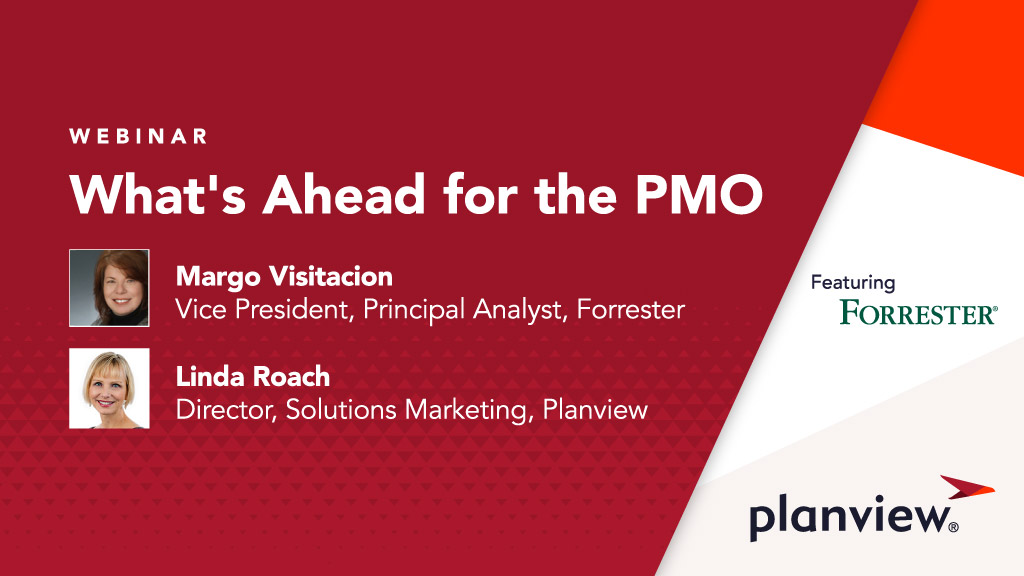
In this post, we’re going to show you how to execute a project.
You’ve initiated your project, created an in-depth plan, and secured stakeholder buy-in. Now it’s time to execute. Simple enough, right?
Except that, as every PMO knows, project execution is the most challenging stage of the project life cycle, and it’s only gotten more difficult in a world of hybrid and remote work.
All too often, communication breaks down, bottlenecks appear, and deadlines get missed.
But it doesn’t have to be this way. In this guide, we’ll break down exactly how to execute a project across multiple departments to improve efficiency and drive results.
What Is Project Execution?
Project execution is the third phase of the project life cycle, just after initiation and planning. It’s when you put your carefully crafted plan into action by:
- Setting milestones
- Dividing work into deliverables and tasks
- Assigning work across teams
- Establishing workflows, processes, and communication patterns
- Monitoring project progress across teams and jumping in when problems occur
It’s a lot to manage, but implementing best practices to improve visibility and collaboration can make a real difference. Let’s dig into how to execute a project across departments.
How to Execute a Project Across Multiple Departments
Starting the execution process can be overwhelming, especially when juggling stakeholder and team needs.
We’ve outlined 7 key steps that will guide you through how to execute a project across multiple departments smoothly.
1. Manage Expectations
To successfully steer your project through the execution phase, you’ll need to manage stakeholder expectations throughout the project.
That means outlining the project scope, budget, and resource capacity while finding ways to reinforce them regularly.
Many of us struggle with demand chaos – a culture of never saying no, especially to external stakeholders. Learning how to manage this will make all the difference when it comes to hitting deadlines and goals.
Set expectations with stakeholders early on about how often you’ll be communicating, how quickly you’ll respond to change requests, and your reasoning for accepting or rejecting them.
Use data from past and current projects to explain your decisions. The right project portfolio management (PPM) solution will help you do this – built-in features and functions will wrap around your workflows and processes to support you as you manage expectations.
2. Manage Resource Capacity
All too often, capacity constraints get in the way of delivering a project plan. That’s why successfully matching your project’s workload to your existing resources is key. To do it, you’ll need to have a clear line of sight into your resource capacity.
Using an effective PPM solution gives more visibility into your resources. This will make it easier to create realistic timelines and assign work to the team member with the right skills for the task.
Reports and dashboards can show which deliverables and tasks need staffing attention. They provide forward-looking information about where there will be capacity crunches down the line.
3. Set Priorities and Identify Dependencies
Another important part of learning how to execute a project is prioritizing and identifying dependencies. You’ll need to create a prioritized list of your project’s tasks so you can assign the right people, teams, and resources to the most important work.
This is where identifying dependencies is critical. Dependencies are the relationships between tasks that determine their order of completion. An example of a dependency is a sales deck that needs stakeholder approval before being shared.
Deliverables are also risks that can lead to bottlenecks and missed deadlines. It’s important to map dependencies across teams and departments to identify, manage, and mitigate them. Remember – you can’t manage what you can’t see.
4. Create a Realistic Schedule with Buffer Time
Even the best-laid plans will go awry at some point, which can lead to lost credibility with your stakeholders. That’s why it’s important to create realistic milestone schedules.
Delays can be anything from a critical team member taking an unexpected leave to a contractor not delivering on time. By building a healthy amount of buffer time into your milestone schedule, you’ll avoid falling behind.
Embracing agile work methods can also help with realistic scheduling. By breaking projects into sprints, you’ll better understand how long it takes to complete deliverables and adjust your timelines accordingly. Using a PPM solution with a centralized project schedule will let you see how your project is progressing and where you need to make adjustments to stay on track.
5. Empower Teams to Do Their Best Work
Empowering team members to do their best work is an often-overlooked step of good execution – but it’s one of the most important steps when looking at how to execute a project.
It might seem counterintuitive to some PMOs, but giving team members the autonomy to decide how they want to approach their work will make a dramatic difference to the quality (and speed) of their output.
Part of that autonomy is supporting how teams want to work, from traditional projects, lean-agile work, or a hybrid mix of approaches.
Whichever way teams work, their solution should visualize how their work fits into the larger project plan, including their deadlines and dependencies, and give team members the ability to adjust their schedule as needed and quickly communicate when they’ve hit a roadblock.
Want to learn more about how to execute a project? Watch our on-demand webinar on how to connect and empower teams to see how you can set your teams up for success.
6. Track Progress
Effective project management means keeping team members on task, engaged, and accountable.
You can do that by tracking the overall health of your project with dashboards and reports on the status of your most important KPIs and OKRs.
Remember – less is more. Only include the information you need to see the health of your project at a glance so you can understand where your attention is needed – and where it’s not.
7. Plan for Change
Every PMO dreads unexpected changes, but they’re an inevitable part of any project.
When drop-offs, delays, and potential bottlenecks inevitably occur, keeping an agile mindset will help you adjust your plan and keep things on track. There’s nothing worse than a stagnant plan that keeps you from pivoting to meet your goals.
You’ll want to be adaptive, not reactive. So, establish an evaluation process for change requests early on to quickly determine the best course of action.
Bringing It All Together
Executing a project across departments in a world of hybrid work appears challenging, but it doesn’t have to be. Following the tips in this post will help you avoid common pitfalls when learning how to execute a project.
The right PPM solution will give you the visibility you need to collaborate across departments, balance capacity against demand, prioritize work, focus resources, and empower your teams.
That way, they can deliver their best work, no matter how they work.
Check out our on-demand demo to see how Planview’s Project Portfolio Management (PPM) solution can help you improve project efficiency across your portfolio.




